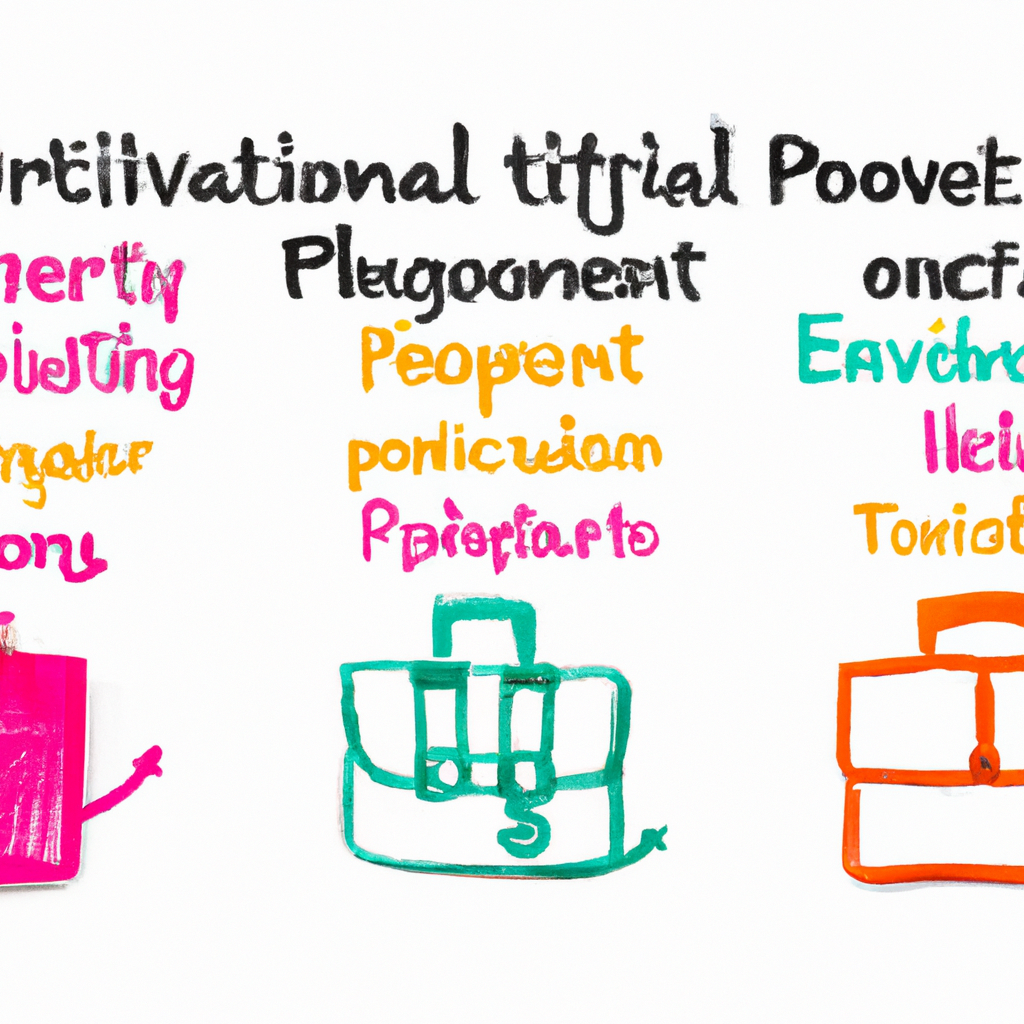How to Diversify Your Investment Portfolio
Introduction
Investing in a diverse range of assets is essential for reducing risk and maximizing returns. Diversification is a key strategy for protecting your investments against market volatility and downturns. Here are some tips on how to effectively diversify your investment portfolio.
Asset Allocation
Asset allocation is the process of dividing your investment portfolio among different asset classes, such as stocks, bonds, real estate, and commodities. By spreading your investments across various asset classes, you can reduce the overall risk of your portfolio.
Steps to Effective Asset Allocation:
- Assess your risk tolerance and investment goals.
- Determine the appropriate mix of asset classes based on your risk tolerance and investment goals.
- Regularly rebalance your portfolio to maintain your desired asset allocation.
Diversifying Within Asset Classes
Within each asset class, it is important to further diversify your investments to reduce risk. For example, within the stock market, you can diversify by investing in different industries, sectors, and geographic regions.
Steps to Diversifying Within Asset Classes:
- Invest in a mix of large-cap, mid-cap, and small-cap stocks.
- Diversify across different industries and sectors, such as technology, healthcare, and consumer goods.
- Consider investing in international stocks to diversify geographically.
Consider Alternative Investments
Alternative investments, such as real estate, commodities, and hedge funds, can provide additional diversification to your portfolio. These investments typically have low correlation to traditional asset classes, making them a valuable addition to a diversified portfolio.
Steps to Incorporating Alternative Investments:
- Research different types of alternative investments and their potential risks and returns.
- Allocate a portion of your portfolio to alternative investments based on your risk tolerance and investment goals.
- Monitor the performance of your alternative investments and adjust your allocation as needed.
Monitor and Rebalance Your Portfolio
Regularly monitoring your investment portfolio is essential for maintaining diversification and optimizing returns. Rebalancing your portfolio involves adjusting your asset allocation to ensure it aligns with your investment goals and risk tolerance.
Steps to Monitoring and Rebalancing Your Portfolio:
- Review your portfolio regularly to assess performance and make any necessary adjustments.
- Rebalance your portfolio at least once a year or when your asset allocation deviates significantly from your target allocation.
- Consider working with a financial advisor to help you develop and maintain a diversified investment portfolio.
Conclusion
Diversifying your investment portfolio is crucial for reducing risk and maximizing returns. By following these tips and strategies, you can build a well-diversified portfolio that is resilient to market volatility and economic downturns.


